Writer Grace Hill
Photographers Paul Gill, Lisa Langell and Bruce Taubert
[dropcap]L[/dropcap]iving in the city can make us oblivious to the wild world in which we live, and the wildlife that also calls it home. Even those who live on the outskirts of the city, where wild animal appearances occur more frequently, don’t always get a chance to observe them long enough to get a good look. So for the general public, viewing wild animals in their natural habitat becomes an uncommon experience.
Thankfully, dedicated and skillful photographers wait patiently — and sometimes in harsh conditions — in order to capture amazing images of the diverse wildlife that surrounds us. Images Arizona proudly presents three Arizona photographers who showcase our state’s wildlife in the most spectacular way.
Arizona Reptiles
Arizona reptiles epitomize our unique desert environment. While they may neither be colorful and cute nor the favorite animal at the zoo, these animals thrive in harsh desert conditions and boast incredible features. From the desert tortoise and chuckwallas to the Gila monsters and rattlesnakes, the Arizona reptile world deserves the spotlight.
Arizona Mammals
From the small Harris’s antelope squirrels to the large desert bighorn sheep, Arizona brags of a varied population of mammals. These mammals can make you smile, like the cliff chipmunk, or they can make you run, like the formidable mountain lion. Some mammals may be more familiar, like the javelina, while others are relatively unknown, like the white-nosed coati.
Arizona Birds
Arizona features many interesting sights in the sky. On an average day, a hummingbird, a white-winged dove or the Gila woodpecker can be spotted. However, more elusive birds also call Arizona home, birds like the flammulated owl, the buff-collared nightjar or more intimidating types, like black vultures or golden eagles.
Fun Facts
• Desert tortoises empty their bladders as a defense mechanism. While this may protect them, it also puts them in subsequent danger. If they don’t find water shortly after urinating, they could die of dehydration.
• After it has been beheaded, a rattlesnake can still bite should an unwitting victim go near its head. This startling feat can occur up to an hour or more after its death.
• Gila monsters lazily stay underground about 90-95 percent of the time. They only emerge for food or to bathe in the warmth of the sun.
• The black-tailed jackrabbit can see almost 360 degrees around and all at once, due to its large eyes that are located high and on the sides of its slightly flat head.
• Mule deer do not have an upper set of teeth. Instead, they have a hard palate that helps them in eating a wide variety of vegetation.
• Most Arizonans may not know that the ringtail, a mammal of the raccoon family, became the state mammal of Arizona in 1986.
• Hummingbirds are unique because they are the only birds with the ability to fly backward.
• Turkey vultures have a higher chance of finding food because they can smell it from up to a mile away.
• Owls cannot move their eyes, so they rely on their extra neck vertebrae. Their special neck structure allows them to turn their head about 270 degrees around.
Share your favorite Arizona wildlife photographs with our Images Arizona Facebook or Instagram pages using the hashtags #iamAZproud and #imagesAZ.
Bruce Taubert
Hometown: Madison, Wisconsin
Current: Phoenix
Photography experience: “My mother was a wedding photographer and forced me to help her on occasion. After leaving home and working on advanced degrees in wildlife science, I turned from photographing people to wildlife (one of the best decisions of my photographic life). I was passively involved in photography until about 20 years ago, when I became obsessed. I threw other hobbies out the window and devoted all my time to learning how to be a better wildlife photographer. Now I teach wildlife photo workshops around the world, take images for many publications and websites, and spend my spare time crawling around the wilds of Arizona.”
Most memorable wildlife photo: “For 13 years (I must be a slow learner) I worked on taking an image of an elf owl (the smallest owl in the world and a summer resident of Arizona) flying into its nest. The nest holes are found between 16 and 25 feet up the sides of saguaro cacti. To take the image, I needed infrared trips, high-speed flashes, remote camera releases and a mechanism to get all my equipment high over the desert floor, all in the dark of night. After years of trial and error (there are no books written on this type of photography), I finally managed to put it all together and reached my goal.”
Current projects: “I am in the process of honing my macrophotography skills so I can record images of beautiful patterns in the wings of butterflies and moths, eyes of bees, details of spiders and other small and underappreciated species. I am also driven to taking images of Arizona’s wildlife at night. Many of Arizona’s resident species are more active at night than during the day, and I want to record this nocturnal activity.”
Lisa Langell
Hometown: Marine City, Michigan
Current: Scottsdale
Photography experience: “I have passionately enjoyed both nature and photography from age 8 through college, as well as my career as both a psychologist and corporate director in the education technology and research field. As the audience for my photography swelled, it compelled me to launch Langell Photography in 2010, where I combined two things I adore: nature photography and teaching adults. I am largely self-taught and joyfully work hard to push photographic boundaries, host unique and fun workshops for anyone with a camera, and create emotionally evocative images of our natural world. I am truly honored to have my work hung in galleries and published in numerous local and national publications. I’ve taught photography for many wonderful organizations and have received multiple prestigious awards and distinctions as the result of my commitment to my passion.”
Most memorable wildlife photo: “Light is everything in photography. In fact, the word photography literally means ‘writing with light.’ My most memorable moment was photographing a tri-colored heron in a swamp where the most exquisite beam of late-day light poked through a nearly black canopy of trees above. ”
Current projects: “I have two main projects I’m currently working on. One is a book series filled with moving imagery and inspirational writings. The other is a unique retreat-style workshop for creatives, including photographers, painters, musicians, etc., designed to foster personal growth, creativity, collaborative works of art and the art of seeing.”
Paul Gill
Hometown: Hometown: Madison, Wisconsin
Current: Phoenix
Photography experience: “I started shooting, processing and printing 35 mm black-and-white film at Scottsdale High School at age 16. Then I moved to medium format at Arizona State University, with a bachelor’s degree in graphic design. After 17 years working and photographing in the graphic design business, I started shooting nature with a large format wood field camera and, finally, with digital cameras a decade ago in 2007. You can see my work in Arizona Highways magazine, National Geographic calendars and in the Smithsonian’s permanent collection of nature photography.”
Most memorable wildlife photo: “One of them is the shot of two male desert bighorn sheep on the cliffs of Fish Creek Canyon in the Superstition Mountains — right place at the right time.”
Current projects: “I am presently finishing my second book with Colleen Miniuk-Sperry on photographing Arizona fall color. If you would like to pick up our guide to photographing Arizona wildflowers, please go to wildinarizona.com.”
paulgill.photoshelter.com
paulgillphoto.zenfolio.com
facebook.com/paulgillphoto

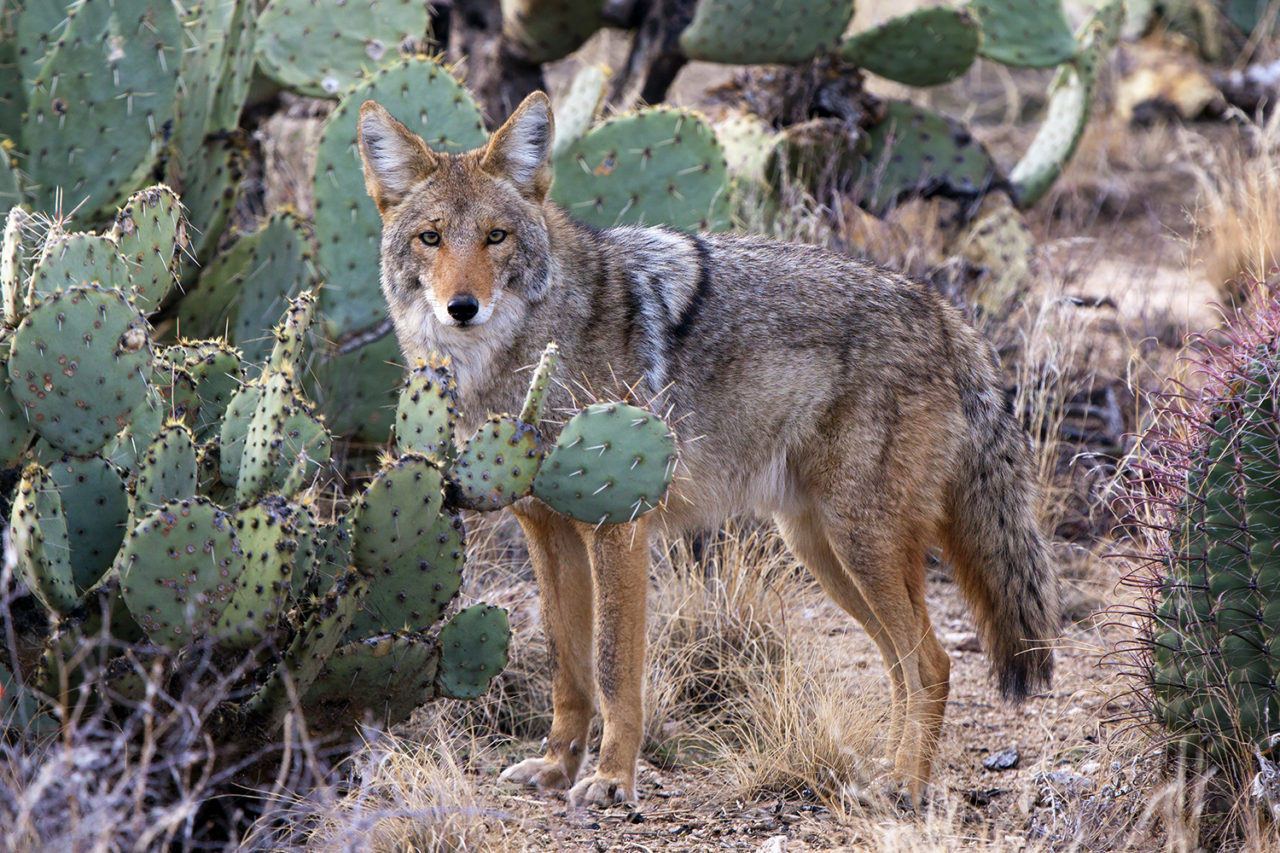
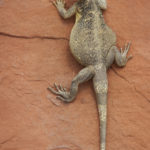
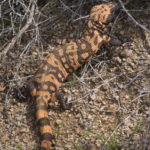
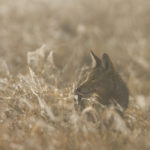
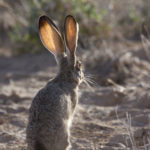







Comments by Admin